Michael Craig-Martin at the Royal Academy of Arts
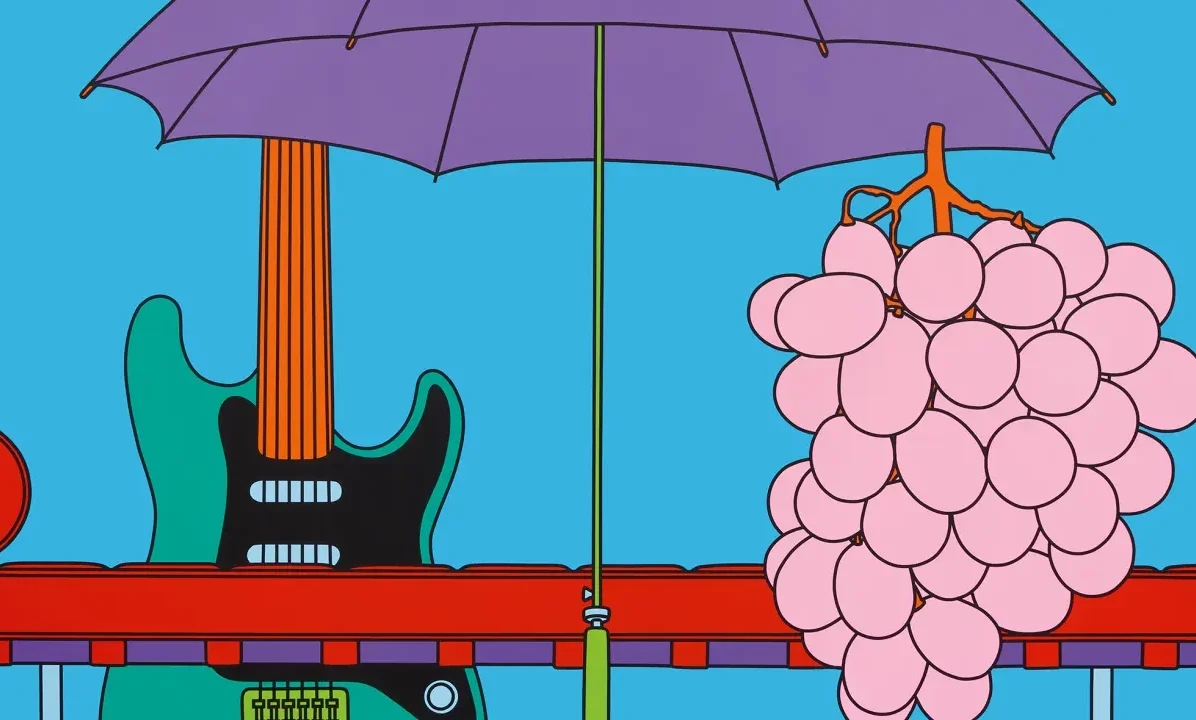
Having become a Royal Academician in 2006 and been knighted for services to the art world in 2016, the influential Irish-born conceptual artist Sir Michael Craig-Martin is now receiving the accolade previously bestowed on the likes of David Hockney and Marina Abramović of a retrospective at the Royal Academy. At 83, Craig-Martin might have thought his chance had gone and yet here one finds an extensive assessment of a career spanning six decades.
A peripatetic early part of the artist’s life saw him move from Dublin to Washington DC, including periods in Bogota and Paris before he embarked on a painting course at Yale University in 1961. Finally, he took the decision to move to the UK in 1966, where Craig-Martin has remained ever since. For some 20 years, he taught at first Bath Academy of Art at Corsham and then Goldsmiths. At the latter, in particular, he garnered a reputation as an inspirational tutor who encouraged boldness in his students with his final year of teaching in 1988 producing an especially rich crop of emerging talents, including the so-called YBAs: Michael Landy, Sarah Lucas, Gary Hume and Damien Hirst. Dubbed the godfather of the YBA movement by portions of the media in the past, Craig-Martin is destined to be dually regarded as one of the most influential art educationalists and artists of his generation.
The current exhibition at the Royal Academy opens with the piece that arguably remains the artist’s most famous work. An Oak Tree, from 1973 comprises a glass of water on a glass shelf mounted high on a gallery wall with an accompanying text informing the public that “the actual oak tree’s physically present but in the form of the glass of water”. The work recalls René Magritte’s Ceci n’est pas une pipe (1929) in the sense that it draws attention to the faith shared by artist and audience when they imagine a representation to be the thing itself. First unleashed upon the public at the Rowan Gallery in London in 1974, one imagines how years later this act of conceptual provocation would have captured the imagination of Damien Hirst and his cohort. In an intriguing first room, one finds Craig-Martin embracing the conceptualism fostered by his formative years at the ideas-based Yale course where contemporaries had included Richard Serra and Brice Marden. Box That Never Closes, from 1967 sees the artist playing with ideas around function and the nature of art. The lid and base not fitting together means that a “perfect” geometric shape is unattainable.
For Craig-Martin, An Oak Tree would perhaps surprisingly prompt something of a career turn. Feeling that he had taken conceptualism as far as he could, the artist took the decision to make drawing the epicentre of his practice. One finds him here by the late 1970s introducing everyday objects, making wall paintings, sculptures and generally monochrome works. Over the years since, the Dublin-born artist has continued to cast his eye on his repertoire of things, delineating and capturing them in a pictorial style inimitably his own. Craig-Martin can be seen to have created what amounts to a series of motifs – shoes, pencil sharpeners, mobile phones – objects we take for granted but have fundamental roles in human society.
Sir Michael Craig-Martin’s practice fuses together elements of pop, minimalism and conceptualism. By the 1980s one finds him rather witterly displaying variously coloured Venetian blinds, challenging our understanding of what a painting constitutes. The following decade Craig-Martin introduced colour of extreme intensity, frequently producing large-scale paintings in his cool, graphic style. There are homages of Old Master works dating from the late 1990s to the present, notably Velazquez’s Las Meninas and Seurat’s Bathers at Asnieres, that positively pulsate with colour.
This comprehensive retrospective culminates in a new immersive work that surrounds the visitor on all sides with the artist’s vividly coloured motifs. A final room features digitally created portraits of the late George Michael and Zaha Hadid, their colours continuously changing. One last flourish awaits in the Royal Academy’s courtyard where Craig-Martin’s large scale sculptures of headphones, a safety pin and a high heeled shoe seem to dance with careless abandon before Sir Joshua Reynolds’ statue.
James White
Image: Courtesy Gagosian. © Michael Craig-Martin. Photo: Lucy Dawkins
Michael Craig-Martin is at from 21st September until 10th December 2024. For further information or to book visit the exhibition’s website here.


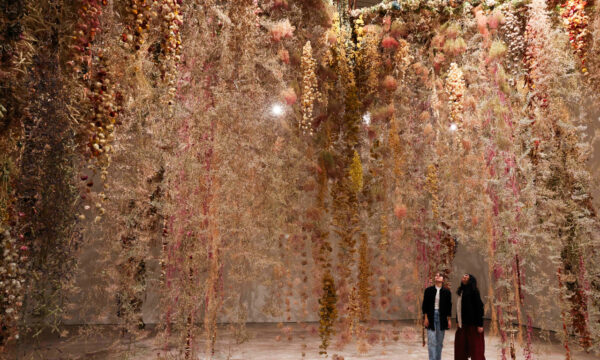
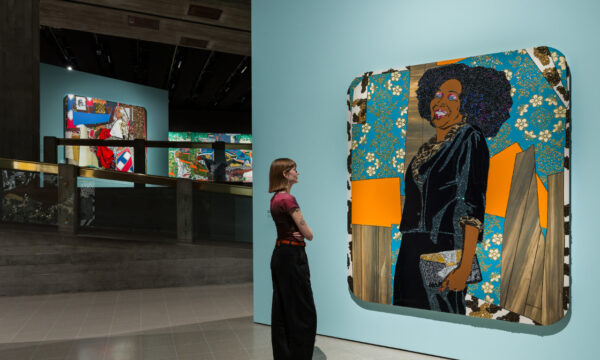
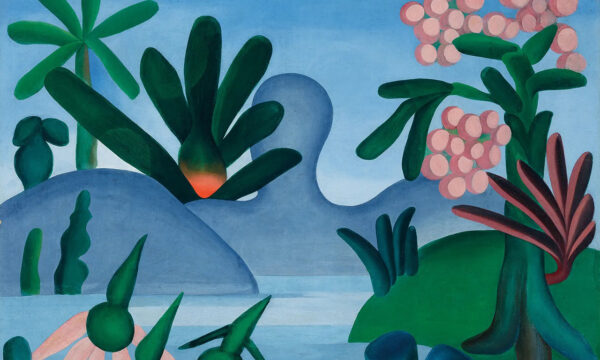
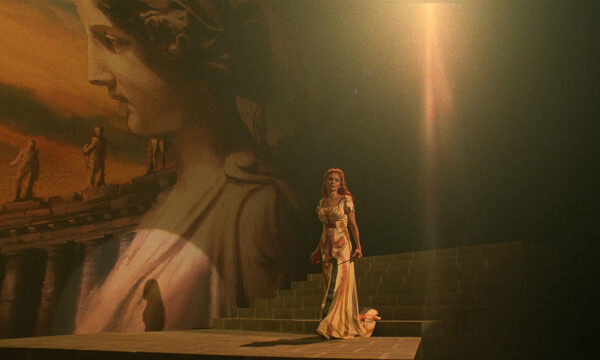
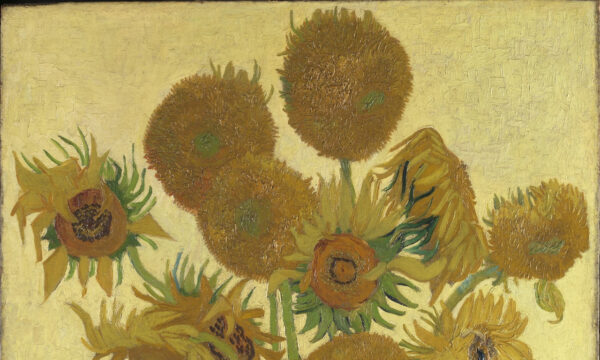
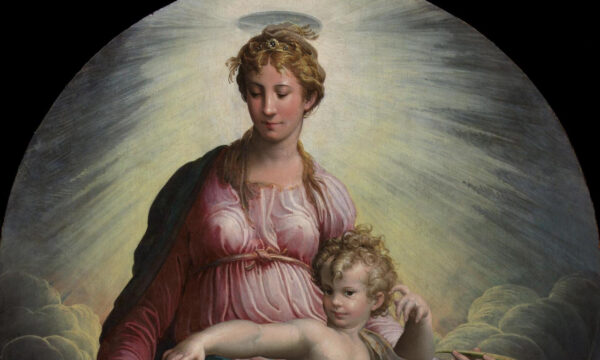
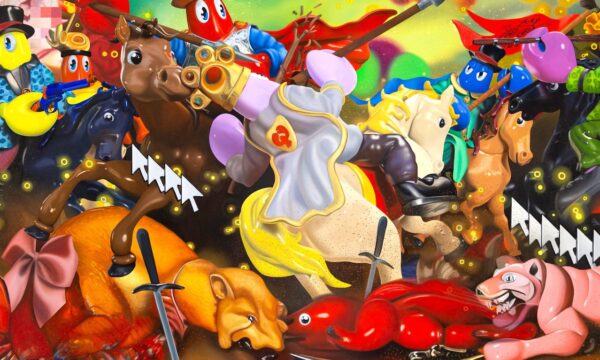
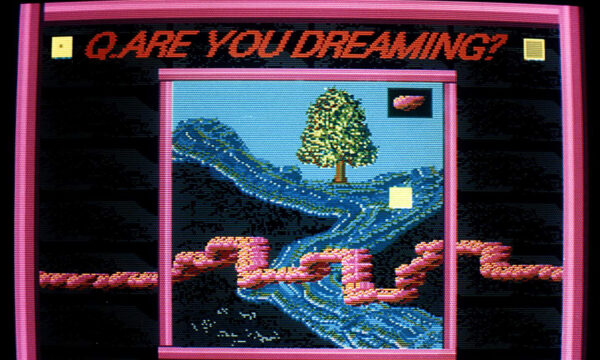
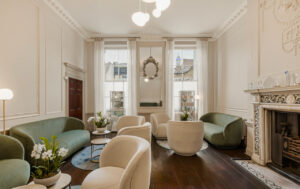
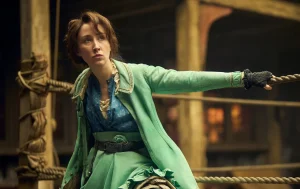

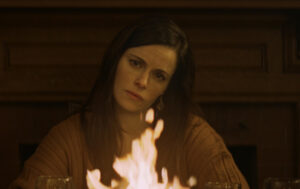
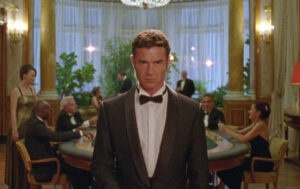
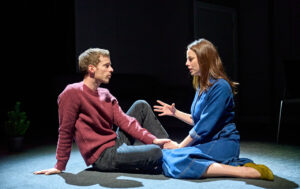
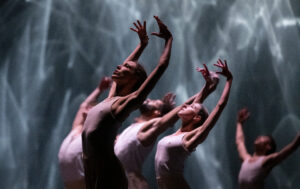
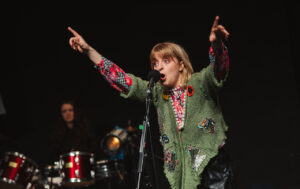


Facebook
Twitter
Instagram
YouTube
RSS